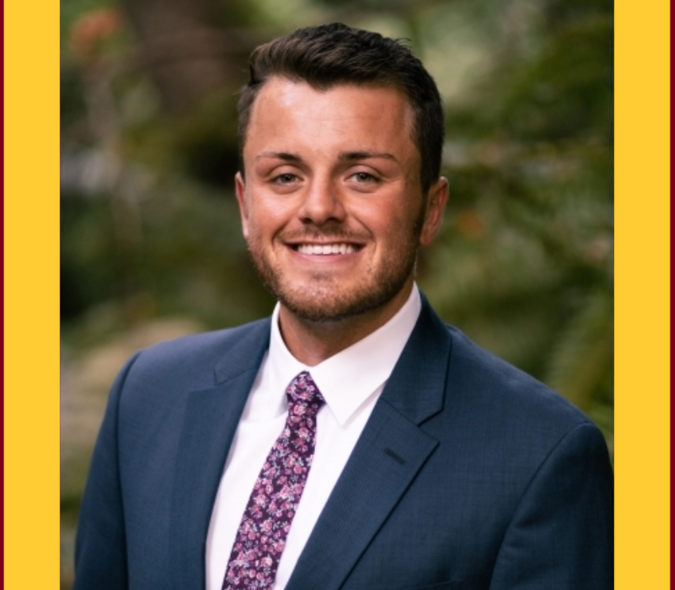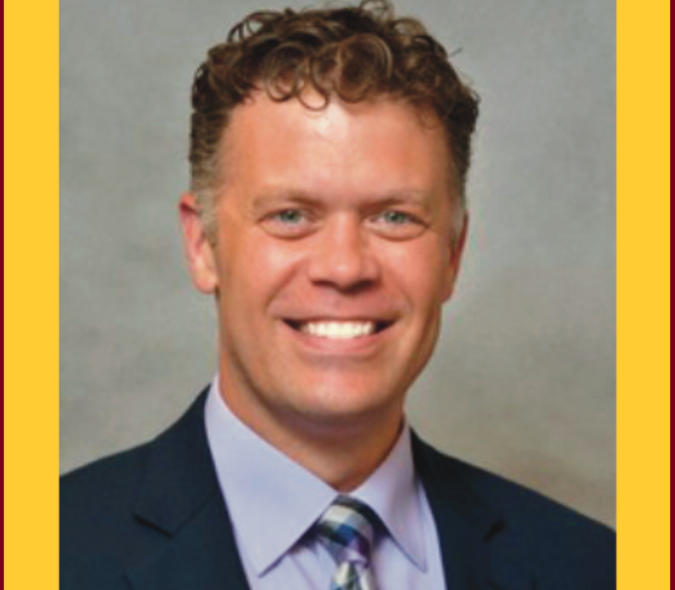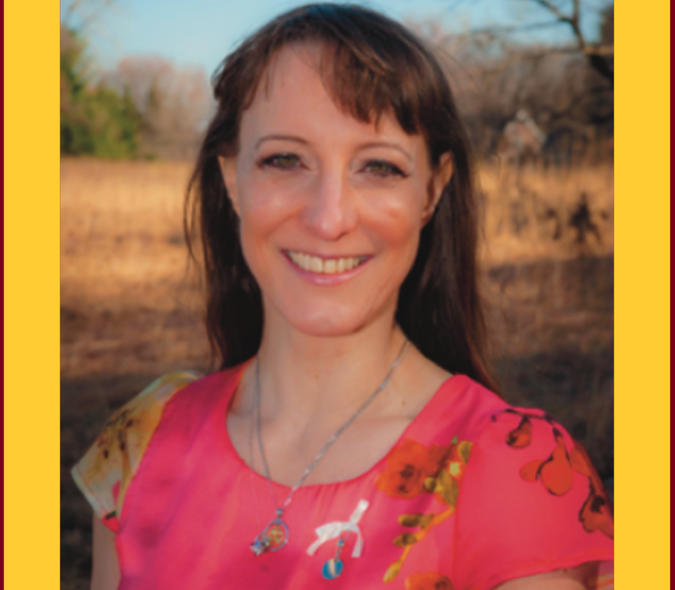
Dr. Nic Rider Shares Their Research on Transgender and Gender-Diverse High School Students
Nic Rider, PhD, assistant professor at the Institute for Sexual and Gender Health and associate director for research at the National Center for Gender Spectrum Health, recently changed appointment tracks at the Department of Family Medicine and Community Health. They are now a tenure-track research faculty pursuing their areas of research including the health of transgender and gender-diverse youth. In this interview, Dr. Rider shares their latest research and upcoming presentations.
You recently changed appointment tracks, and you're now tenure-track research faculty. Can you tell us about your research?
My research focuses on using an intersectional frame to understand health disparities for marginalized communities. A large portion of my research is focused on transgender and gender diverse youth, particularly those of minoritized racial and ethnic backgrounds.
Why did you decide to make that switch to the research track?
I have always been very passionate about research, specifically that which informs communities and treatments as well as overall healthcare access. I switched tracks so that I would be able to focus more on research. In this position, I can still apply results clinically and in education while also providing information to community members. This is important because a lot of my research is community-based and action-oriented.
Can you tell us about your youth sex-trading research project?
My colleagues in the U of M School of Nursing, the School of Social Work, and I have a grant funding for a project that we call the Minnesota Youth Sex Trading Project, or the MYST Project. For the 2019 Minnesota Student Survey, a question was added for ninth and 11th graders that asked students who participated in the survey if they have ever traded sex for something of value. The MYST Project team uses the data in the Minnesota Student Survey to understand risk and protective factors for youth who report that they have traded sex. We disseminate findings in traditional academic ways such as publications and presentations. The MYST Virtual Engagement Team also shares results and other helpful information via our Instagram account, @TheMYSTProject, and we also have partnerships with organizations such as the Minnesota Coalition Against Sexual Assault (MNCASA) and the Minnesota Department of Health.
One of the more recent studies that I led focused on trans and gender-diverse youth who report trading sex to see differences in prevalence rates around emotional distress and mental health concerns. We're seeing significant disparities and heartbreaking results. For example, among trans and gender-diverse youth who traded sex, over three-quarters of the sample indicated having attempted suicide.
Many people don't realize that a lot of the structural issues that trans and gender diverse folks face—particularly youth—lead them into sex-trading along with potentially harmful mental health effects and other health impacts.
You recently addressed the Minnesota State Legislature about this issue as well. Can you tell us about that?
Yes. Dr. Lauren Martin and I were invited to present in front of the Education Policy Committee of the Minnesota House of Representatives about the youth sex trading data that we have. We informed them of the prevalence rates based on our data, findings related to health disparities, and how we've been incorporating community voice or youth voice into it as well. We hope that the information will help inform decisions about helpful policy decisions and resource allocation.
Can you share with us a bit about your involvement in the upcoming Nobel Conference?
I was invited to be one of the speakers at the Nobel Conference, which I believe is the only educational conference in the U.S. sponsored by the Nobel Foundation. I am honored to be asked to speak. The title of my talk is "Radical Healing and Inclusive Change-Making: Centering Transgender and Gender Diverse Communities." One of the things I'm excited to include is results from a Photovoice Project that I led. The project used a social justice, participatory, and strengths-focused approach where LGBTQ participants aged 16-25 years took pictures and then told a story with those pictures. The pictures are powerful, and the participants described resilience that is important to their health and wellbeing as well as barriers to healthcare.
What was it like working on that project? What were some study outcomes?
The pictures and experiences that participants shared were very powerful—these were stories of what they went through and what they wished would have happened. Participants described the amazing communities that helped them get to where they are and helped to create a sense of belonging.
Participants also said that if they could have open communication and vulnerability while in a session with a provider—where they feel like the provider is similarly open, communicative, and transparent—that would go a long way. And if the provider wasn't sure how to approach something, the participants wished they would admit that and offer to figure it out together. I'm hoping to incorporate some of this information in my Nobel Conference presentation in September 2022.
Read more about Dr. Rider's research:
"Mental Health and Protective Factors for Transgender and Gender-Diverse Youths Who Trade Sex: A Minnesota Statewide School-Based Study", 2019, American Journal of Public Health



